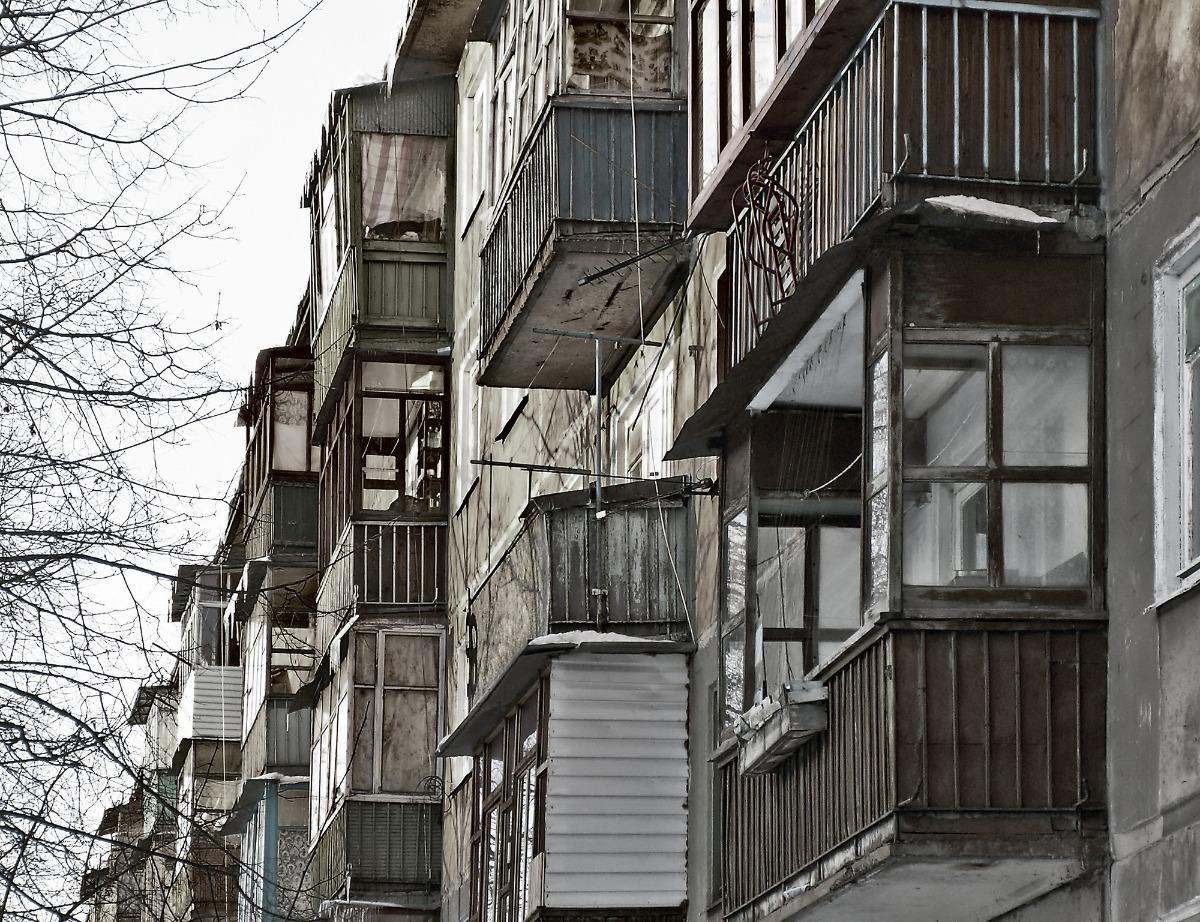
- posted: Dec. 02, 2022
What is a Constructive Eviction?
A constructive eviction is when tenants are forced to vacate their unit due to intolerable conditions that are caused by the landlord or their negligence. This type of eviction is different from others as normally, it is the landlord who is initiating the eviction and looking to remove a tenant.
However, in this case, the tenant initiates it in response to problems caused by their landlord. It is important to keep in mind that these types of evictions should only be sought after if the conditions of your unit are egregious. This means that a minor leak, for example, would not be grounds for a constructive eviction.
How Common are Constructive Evictions?
These evictions are rare, as the situation must be extreme. If the issue, for example, prevents you from using a certain area of your apartment, this would not be considered a constructive eviction, but rather a partial actual eviction.
Situations that warrant a constructive eviction must be more serious than a warranty of habitability claim, which a tenant may file when their landlord fails to properly maintain their unit. However, if you have filed a claim and your landlord refuses to fix the violation, you may have a case for constructive eviction.
What is Considered Grounds for Constructive Eviction?
One situation, for example, that is grounds for constructive eviction, is if your landlord fails to provide heat or hot water during the winter months. Landlords are legally obligated to provide you with heat from October 1st through the end of May between 6 a.m. and 10 p.m. if the temperature drops below 55 degrees.
Another situation may be inappropriately regulated renovations to the unit or building. If the renovations put you at risk of, for example, lead poisoning, you have grounds to file a constructive eviction. Lastly, a severe case of a mold infestation will also qualify. However, as there are various degrees of mold infestations, it is recommended that you seek advice from an expert or medical profession to evaluate if the situation poses a health risk big enough to qualify for a constructive eviction.
How Do You Proceed With Constructive Eviction?
If you have notified your landlord of your issue and given them time to resolve it, yet they fail to do so, the next step is to inform your local housing authority of the issue. This will allow them to access the situation and issue a notice to your landlord.
If your landlord continues to refuse to resolve the issue, the next step is to completely vacate your unit. However, this must be done diligently as many landlords will attempt to resolve the issue before it reaches this point, and you cannot claim a constructive eviction if you do not vacate the unit. Upon leaving the unit, you may file a constructive eviction claim in small claims or civil court.
It is highly recommended that you consult a lawyer before filing a constructive eviction. This is because the process can be complicated, and you can easily lose your rights as a tenant if you do not follow the proper procedures.
Think your situation is grounds for constructive eviction? Contact Outerbridge Law, P.C. today to schedule your initial case consultation.


